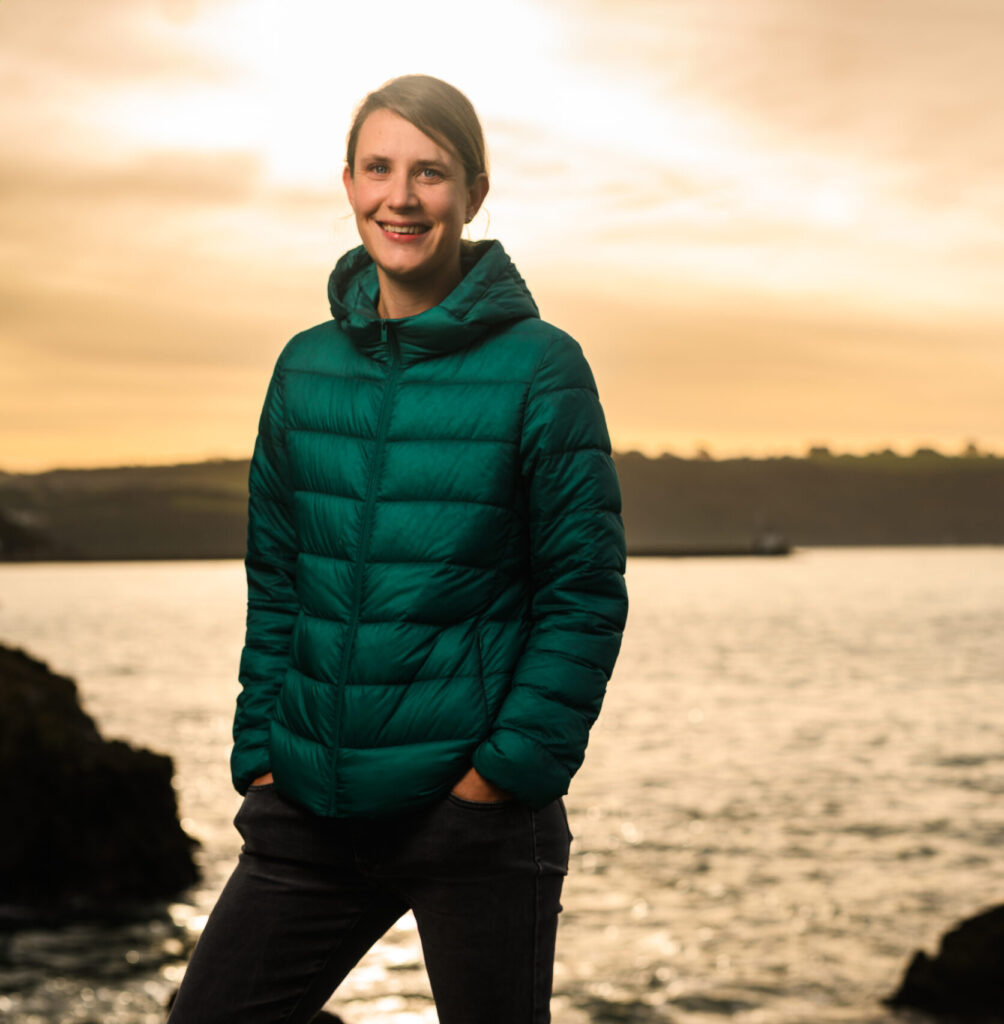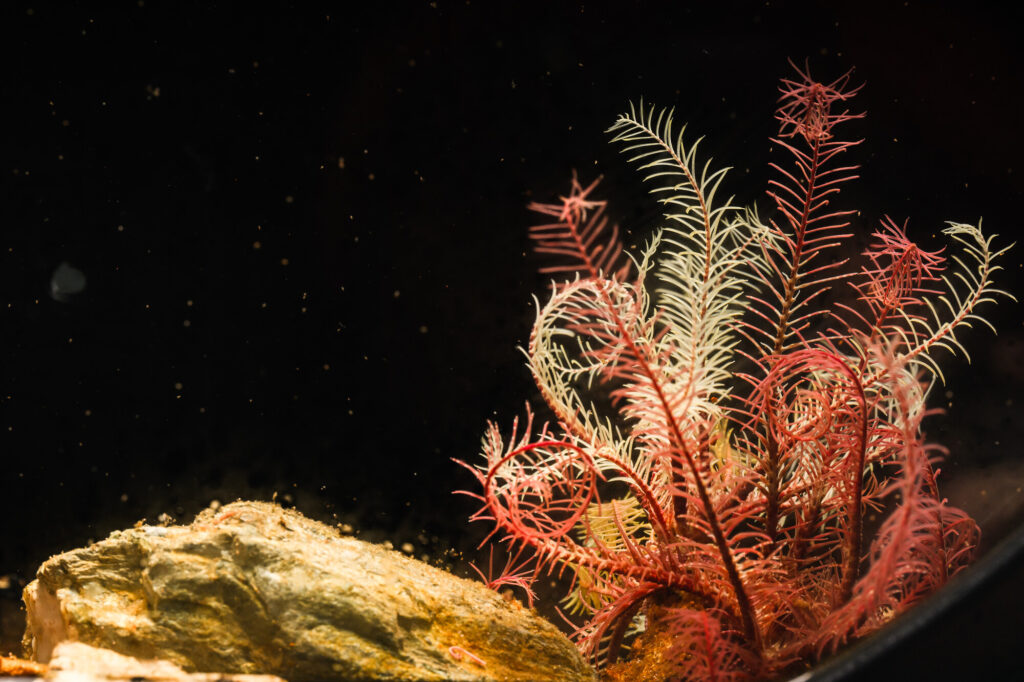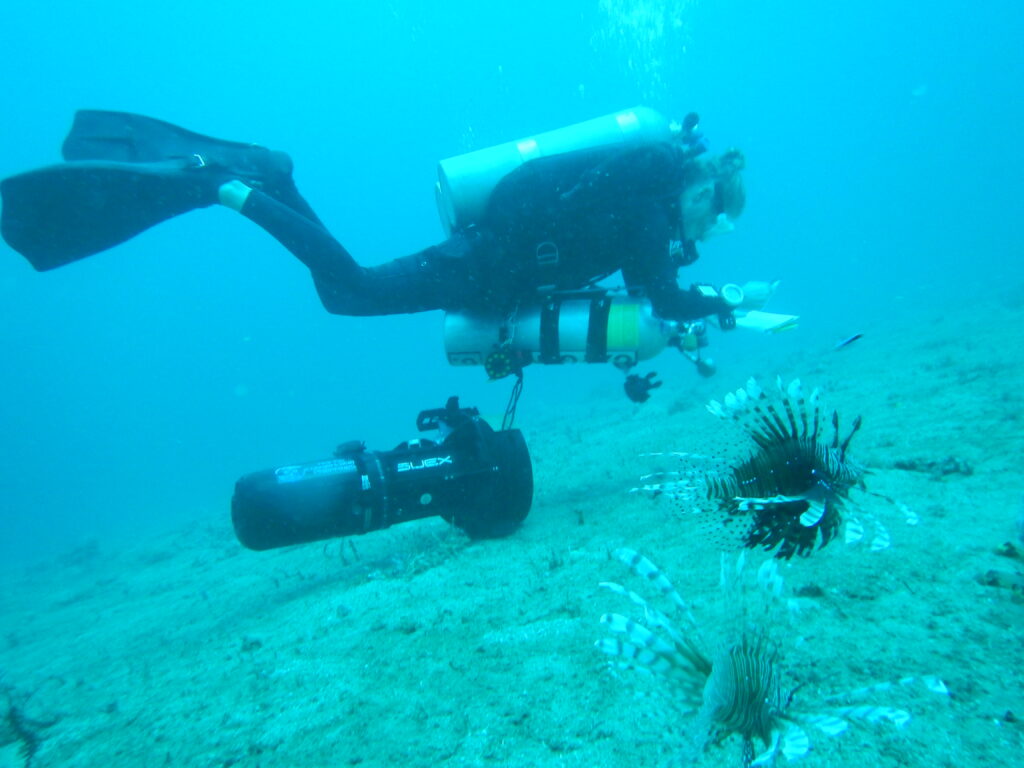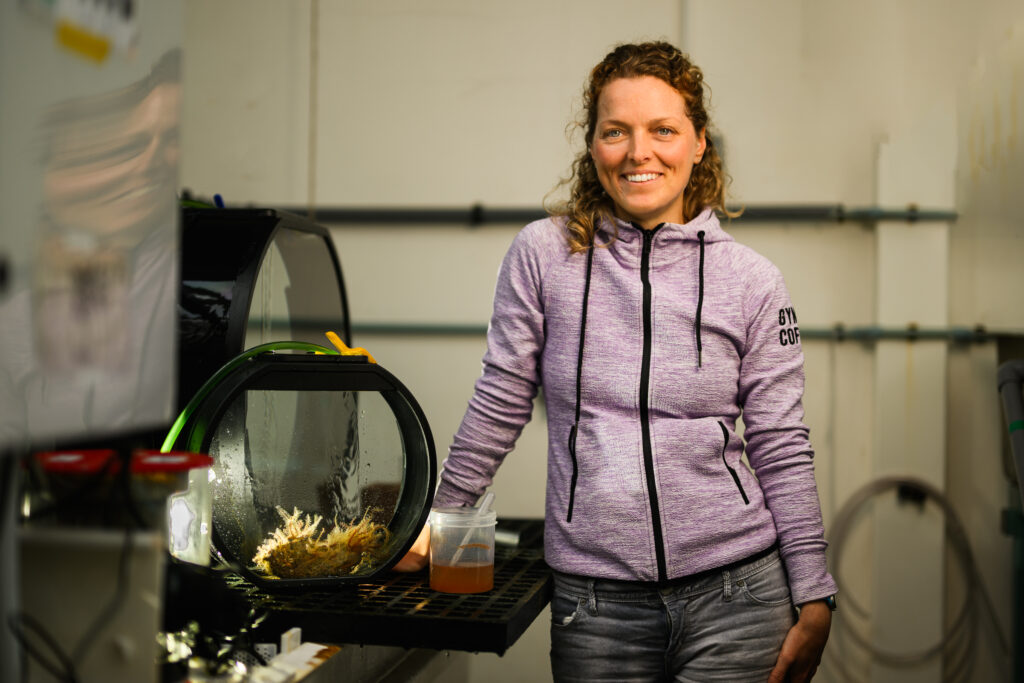Benthic Ecology
and Crinoid Biology
Research Lead – Dr Angela Stevenson
Our research is dedicated to exploring the biodiversity of benthic ecosystems, particularly in mesophotic to deep-sea environments. Echinoderms, notably crinoids and sea urchins, hold a central fascination for us, and we focus on unravelling their ecology and biology. These organisms serve as important models for understand the fundamental biology of how systems work. We leverage this knowledge to address pressing issues related to the biodiversity crisis and human health.
Our work is inherently interdisciplinary, seeking to comprehend how we shape deep-sea communities through our e.g. fishing activities; if we can identify deep-water (mesophotic) refugia that could assist in future biodiversity recovery; and what ex- and intrinsic factors influence crinoid biology. We lead research expeditions in some of the deepest, most remote and unknown corners of our oceans using deep-diving technologies (e.g. ROVs, HOVs, technical SCUBA diving).
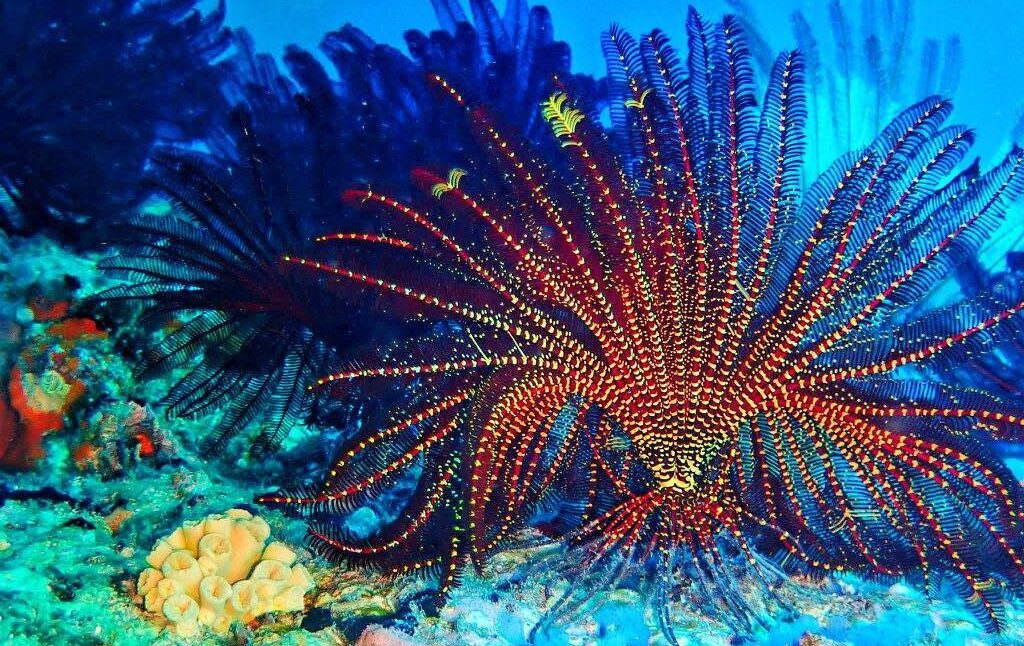
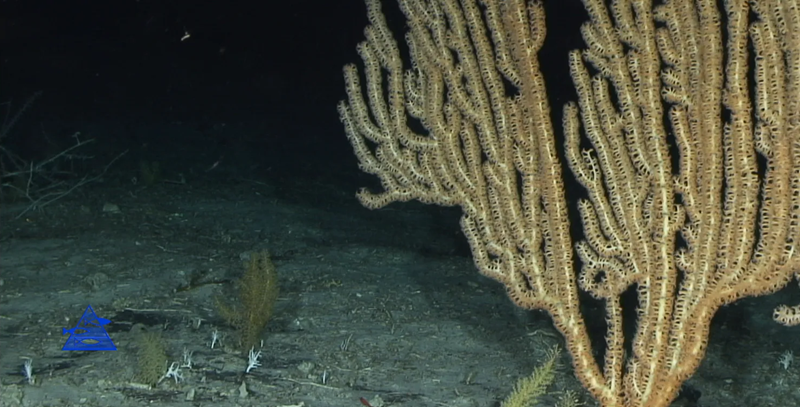
Our Research Impacts
Wide variation in crinoid regeneration controlled by intrinsic (not extrinsic) factors
Crinoids have superior regeneration abilities, but regeneration rates vary greatly among closely related and co-existing species. We show that these rates are predictable on a mobility gradient, but not extrinsic factors, suggesting intrinsic control (Stevenson et al 2022)
Growth and differentiation factors responsible for this rapid regeneration could have important implications for the severely deficient human system of tissue remodelling.
Human-induced sea urchin hyperabundance causing mass coral die off in the deep sea
In earlier work, we showed how sea urchin substrate use was primarily controlled through predators, not competitors (Stevenson et al 2015). These basic insights were pivotal in explaining mass die offs of bamboo coral gardens – a vulnerable marine ecosystem (VME) – off the coasts of South Africa and Australia.
Here, we demonstrated how fishing practices were indirectly damaging these VMEs by shifting the predator-prey (fish-sea urchin) balance, highlighting the need to better understand community dynamics to predict resilience and assess the health status of deep-sea VMEs (Buhl-Mortensen, Braga-Henriques, Stevenson 2022)
Key Publications
Latest Projects
Dr Stevenson is a database contributor for the repository for scientific information on mesophotic ecosystems – Mesophotic.org
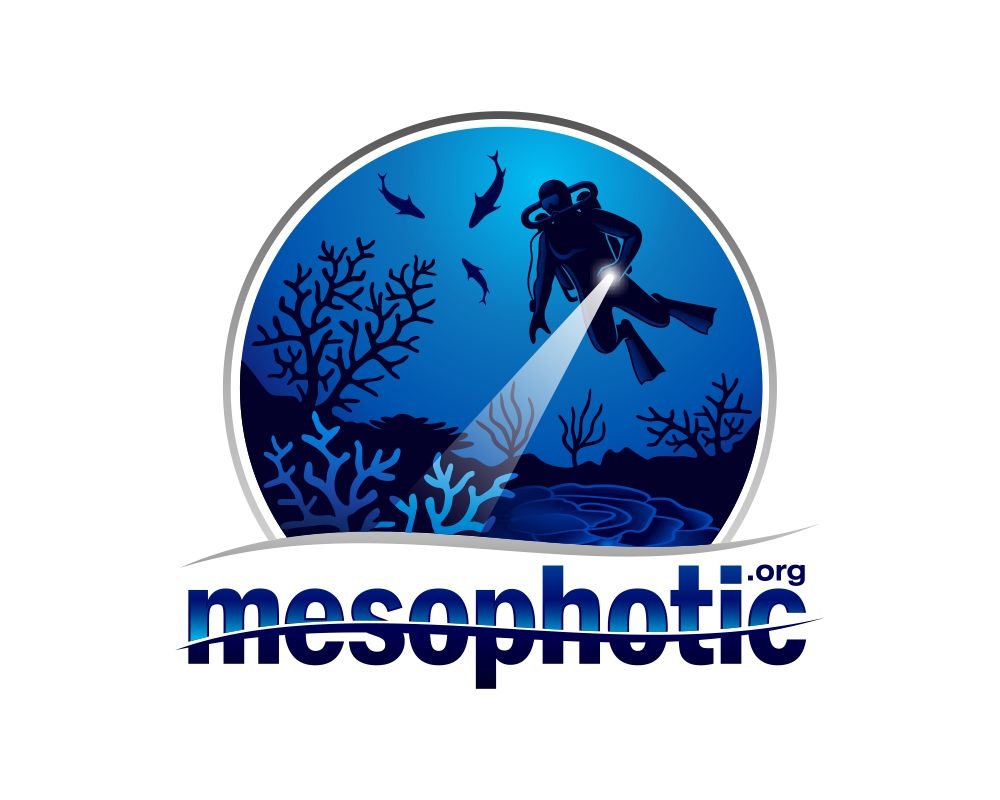
IUCN SSC Marine Star Specialist Group provides information to the IUCN on the diversity of asteroids, ophiuroids and crinoids (sea stars, brittle stars, feather stars and sea lilies) and their role in maintaining ecosystem biodiversity and function. Dr Stevenson is committee member, regional and global assessor for this group.

Latest News
Our Team
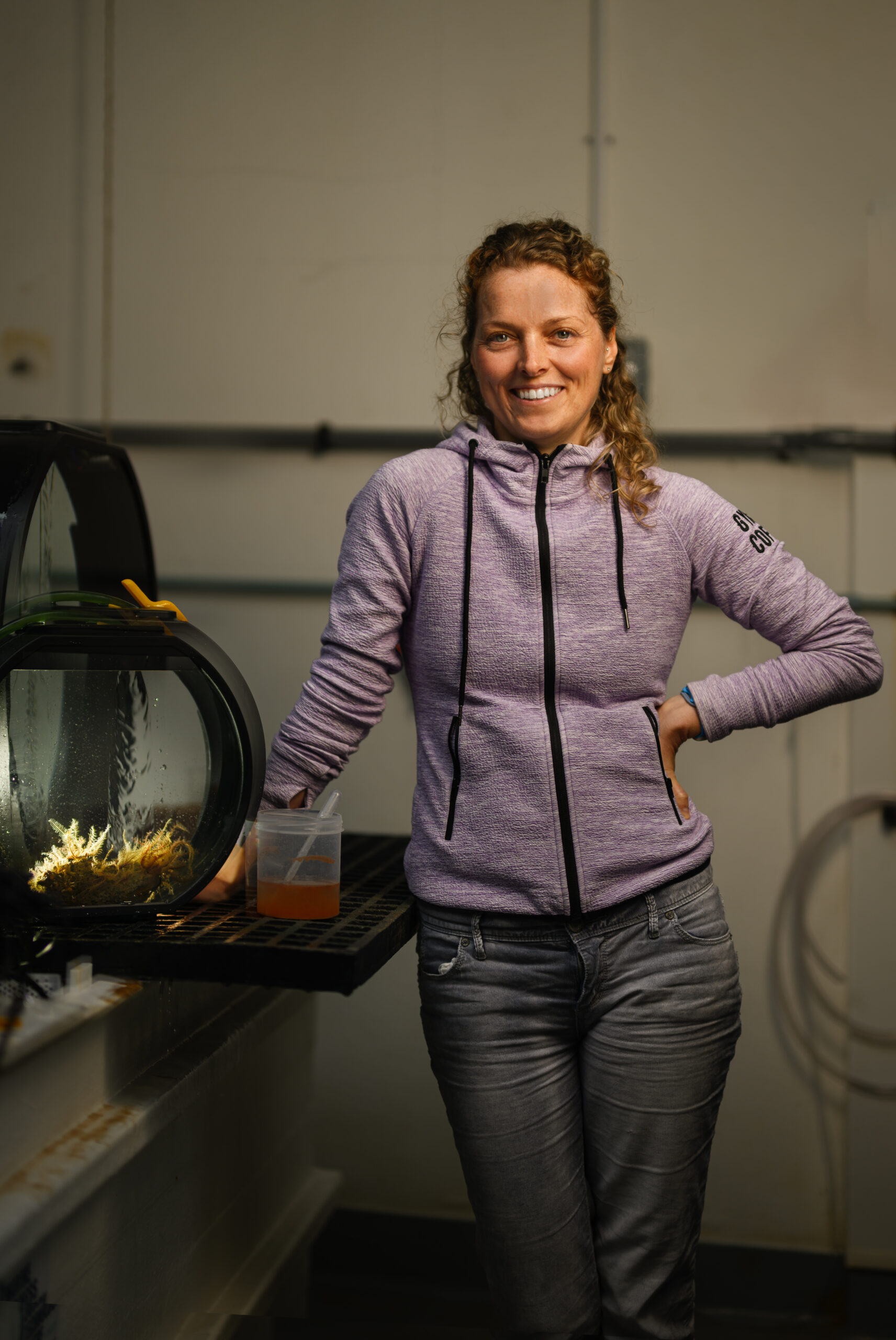
Dr Angela Stevenson
Senior Research Fellow
Dr Angela Stevenson
Senior Research Fellow
I am a marine scientist who specializes in the ecology of deep-water (mesophotic to deep sea) biodiversity, with a prominent interest in echinoderms and fascination for crinoids, from extant to extinct forms. I leverage my unique field-based skills to study benthic communities, from communities to cells, along extreme depth gradients, as well as in the lab, in mesocosms. Over the past decade, I have led expeditions in some of the deepest, most remote and unknown corners of our oceans using deep-diving technologies, including robots to technical SCUBA diving, and have had the pleasure of discovering and describing entire habitats, new species and their interactions, as well as successfully maintained crinoids in captivity long-term. I am actively involved in various committees and working groups, including the IUCN SSC Marine Star Specialist group, Mesophotic.org, and Deep Ocean Stewardship Institute’s Challenger 150, which focus on advancing echinoderm and marine biodiversity research in deep waters.
I am passionate about sharing my ocean discoveries and scientific knowledge with the broader community, as I firmly believe in the transformative potential of grassroots, community-driven initiatives. For this reason, I co-lead the Wild Postgard Project to bring biodiversity into people’s lives in unexpected, magical, and thought-provoking ways – to spark compassion and ignite the urge to safeguard nature.
Research Group: Deep water Benthic Ecology and Crinoid Biology
